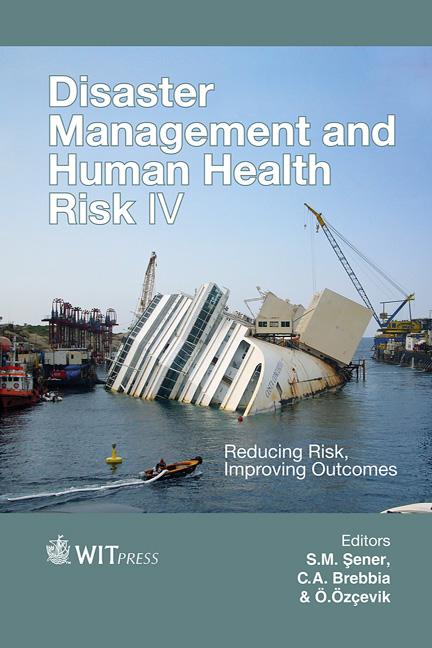Risk Sensitive Landscape Planning And Design: Case Study Of The Prince Islands, Istanbul
Price
Free (open access)
Transaction
Volume
150
Pages
11
Page Range
183 - 193
Published
2015
Size
1,239 kb
Paper DOI
10.2495/DMAN150171
Copyright
WIT Press
Author(s)
F. A. Turer Baskaya
Abstract
With a population of 14 million, Istanbul is the biggest and probably the best-known Turkish city. However, it is also one of the most hazard-prone cities due to the existence of the active North Anatolian Fault which runs under the Sea of Marmara. This fault poses a serious earthquake threat to the entire city, in particular its southern coastal districts of Istanbul. This study examines the southern Adalar district which has a total area of 11.3 km2 and which contains the nine Prince Islands. These islands have a history dating back to Byzantine times and have a rich cultural and natural landscape. Due to their popularity in terms of tourism and recreation, the Prince Islands experience seasonal demographic changes which range from 14,200 to 140,000 and this demographic shift brings additional concern for the adequacy of current emergency response protocols. In order to reveal the role of landscape architecture within the multi-disciplinary setting of disaster management, this study utilizes GIS technology to examine the interplay between a potential Istanbul earthquake and the urban features of the Adalar district. This study’s analysis of the Prince Islands’ urban facilities, open spaces, touristic and recreational nodes, street patterns, building configurations, mental maps, and vegetative formations reveals the inadequacy of standard disaster management techniques. In addition, this study is an attempt to highlight the importance of risk sensitive landscape planning and design for Istanbul and other hazard-prone coastal cities through the development of planning and design strategies for the Prince Islands.
Keywords
landscape planning and design, earthquake, Istanbul, Prince Islands




